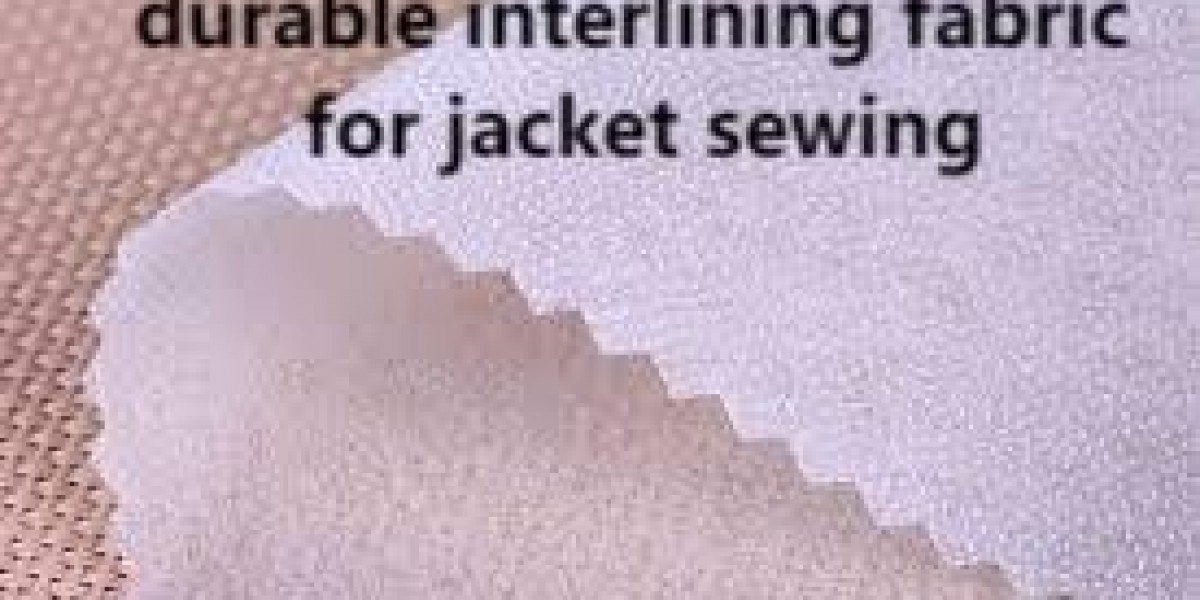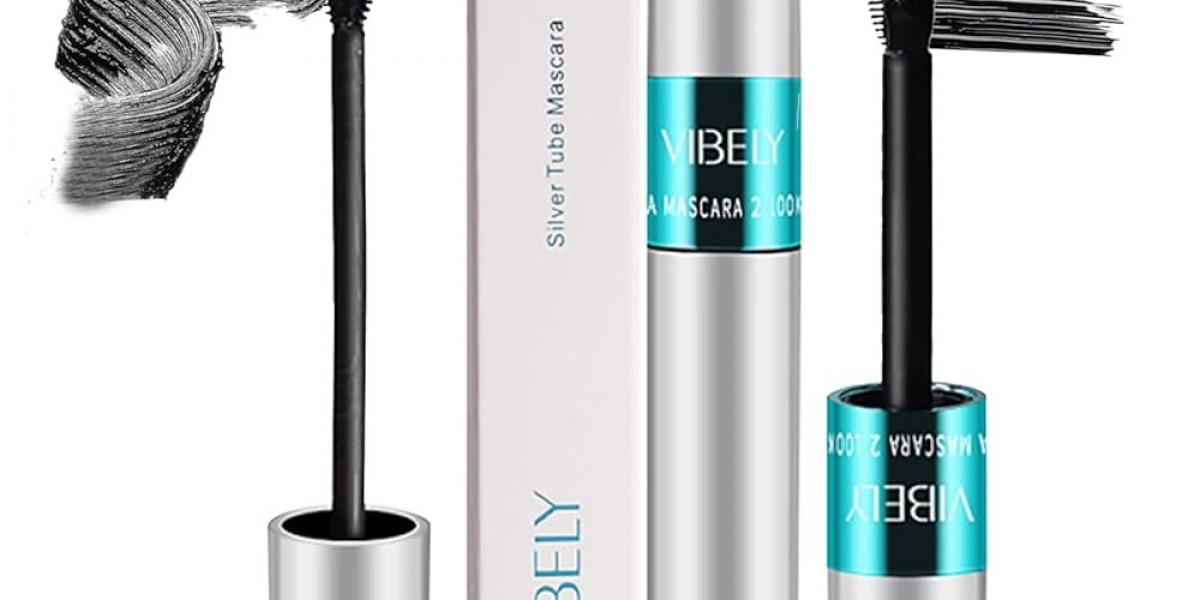The hidden layer inside garments often determines fit, drape, and longevity; when teams test the right Interlining during prototyping, final pieces hold shape and satisfy wearers, and when patternmakers specify the right Interlining in production, seams and collars stay true through repeated use. This article examines selection strategies, application methods, and lifecycle thinking that help designers and manufacturers get predictable results from this essential—but often overlooked—component.
Understanding the Role of Support Layers
Support layers give structure where face fabrics alone would sag, stretch, or distort. They influence how collars roll, how waistbands recover, and whether hems remain smooth. For designers, the right support layer enhances the intended silhouette without adding unwanted bulk; for production teams, consistent layers translate into fewer quality surprises and steadier inspection outcomes. Evaluating stretch, stiffness, and recovery helps match a layer to the garment’s function rather than forcing compensation during sewing or finishing.
Material Choices and Compatibility
Not all support materials behave the same under heat, pressure, or wash cycles. Natural fibers, synthetics, and blends interact differently with adhesives, stitches, and finishing processes. Testing small swatches under real pressing and laundering conditions uncovers shrinkage tendencies, hand changes, and colorfastness issues before full runs begin. Choosing materials with documented performance reduces guesswork and protects fit across sizes and production lots.
Interlining-Factory Materials and Sourcing (Brand-Related Guidance)
Sourcing plays a practical role: clear technical notes, accessible sample swatches, and transparent lead times speed approvals. A supplier that provides bonding guidelines, recommended press settings, and batch traceability makes it easier for factories to maintain consistency. When procurement aligns with production needs—keeping spare rolls of commonly used layers and documented pressing recipes—lines run smoother and rework declines.
Application Methods and Quality Control
Attachment techniques matter. Heat-applied bonding offers speed but requires strict control of temperature, dwell time, and pressure to avoid delamination or fabric shine. Stitch-in methods add flexibility but demand precise placement to prevent puckering. Standardized work instructions—specifying press recipes, stitch patterns, and visual acceptance criteria—help operators replicate results across shifts. Quick in-line checks for alignment, absence of bubbles, and seam integrity catch problems early, reducing downstream corrections.
Sustainable Practices and End-of-Life Thinking
As brands pursue lower-impact options, choices about support layers increasingly factor recyclability and repairability into selection. Components that separate cleanly make garments more recyclable; materials with recycled content reduce virgin resource use. Designing for repair—using replaceable panels or accessible seams—extends garment life and supports circular economy initiatives. Small adjustments at the specification stage can significantly reduce long-term waste without sacrificing performance.
Training, Documentation, and Small-Batch Makers
Smaller brands and bespoke producers benefit from practical onboarding tools: sample kits, concise pressing charts, and short tutorial videos. Pilot runs that include wear trials help collect user feedback before scaling. Clear documentation—workbooks that capture pressing recipes, stitch patterns, and inspection checklists—preserves institutional knowledge when teams change. These pragmatic steps keep quality high while enabling nimble production for limited runs.
Practical Checklist for Teams
Begin with small validations: test candidate layers under pressing and wash cycles, capture precise process settings, and record fit outcomes across sizes. Train operators on visual cues for successful bonding or stitch-in results, and maintain an easy-to-search record of past batches and their performance. When production and design collaborate early, decisions that affect fit and finish become predictable rather than negotiable.
Well-chosen support layers quietly improve garment performance; with thoughtful material selection, controlled application methods, and lifecycle planning, teams deliver products that meet expectations and stand up to real-world use. For technical references, application notes, and case studies, visit https://www.interlining-factory.com/news/what-is-interlining-types-applications-and-more.html








